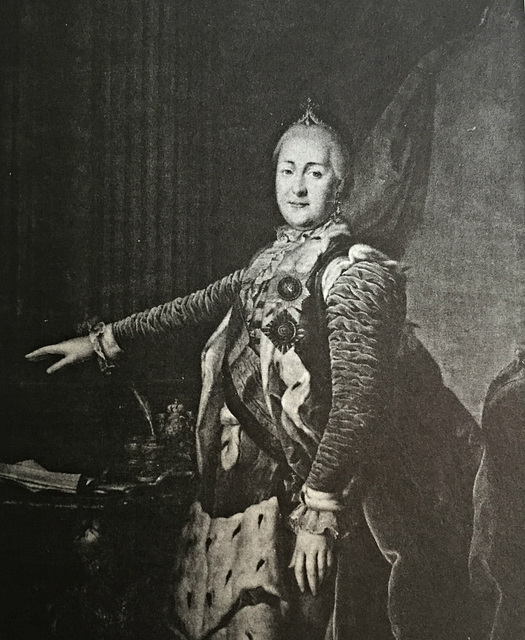On the forest floor
Gorbachev
Nikita Sergeyevich Khrushchev
Viburnum Plicatum Tomentosum /Summer snowflakes
Rousseau
Dance, dance, dance.....
Calla closeup
Looking out on a Close-down day
Lock-down day with...History
....smile please...
Star Of India
Sea side landscape ~ La Jolla
Peter the great
Fodor Dostoevsky
Leo Tolstoy
Fig. 10.18
Fig. 10.8
Figure 9.1
Fig.7.8
Fig.7.2
Napoleon
Song of the Lark
^ ^
See also...
Keywords
Authorizations, license
-
Visible by: Everyone -
Attribution + non Commercial
- Photo replaced on 16 Mar 2020
-
52 visits
- Keyboard shortcuts:
Jump to top
RSS feed- Latest comments - Subscribe to the comment feeds of this photo
- ipernity © 2007-2024
- Help & Contact
|
Club news
|
About ipernity
|
History |
ipernity Club & Prices |
Guide of good conduct
Donate | Group guidelines | Privacy policy | Terms of use | Statutes | In memoria -
Facebook
Twitter



Yet, together with her formidable virtues, Cathrine the Great had certain weaknesses. Indeed the two were intrinisically combined. Determination easily became ruthlessness, ambition fed vanity just as vanity fed ambition, skill in propaganda would not stop short of asserting lies. Above all, the empress was a supreme egoist. As with most true egoists, she had few beliefs or standards of value outside of herself and her own overpowering wishes. Even Catherine II’s admirers sometimes noticed that she lacked something, call it charity, mercy, or human sympathy, and, incidentally that she looked her best in masculine attire. It was also observed that the sovereign took up every issue with the same unflagging drive and earnestness, be it Pugache’vs rebellion or correspondence with Voltaire, the partitions of Poland or her latest article for a periodical. Restless ambition served as the only common denominator in her many activities, and apparently, the only thing that mattered. Similarly, in spite of Catherine’s enormous display of enlightened view and sentiments and of her adherence to the principles of the Age of Reason, it remains extremely difficult to tell what the empress actually believed, or whether she believed anything. In fact, the true relationship of Catherine the Great to the Enlightenment constitutes one of the most controversial subjects in the histography of her reign. `Page 257